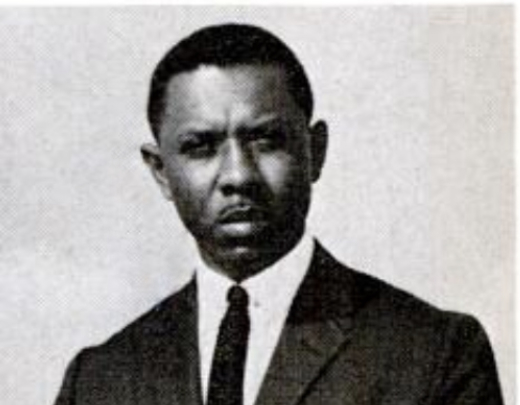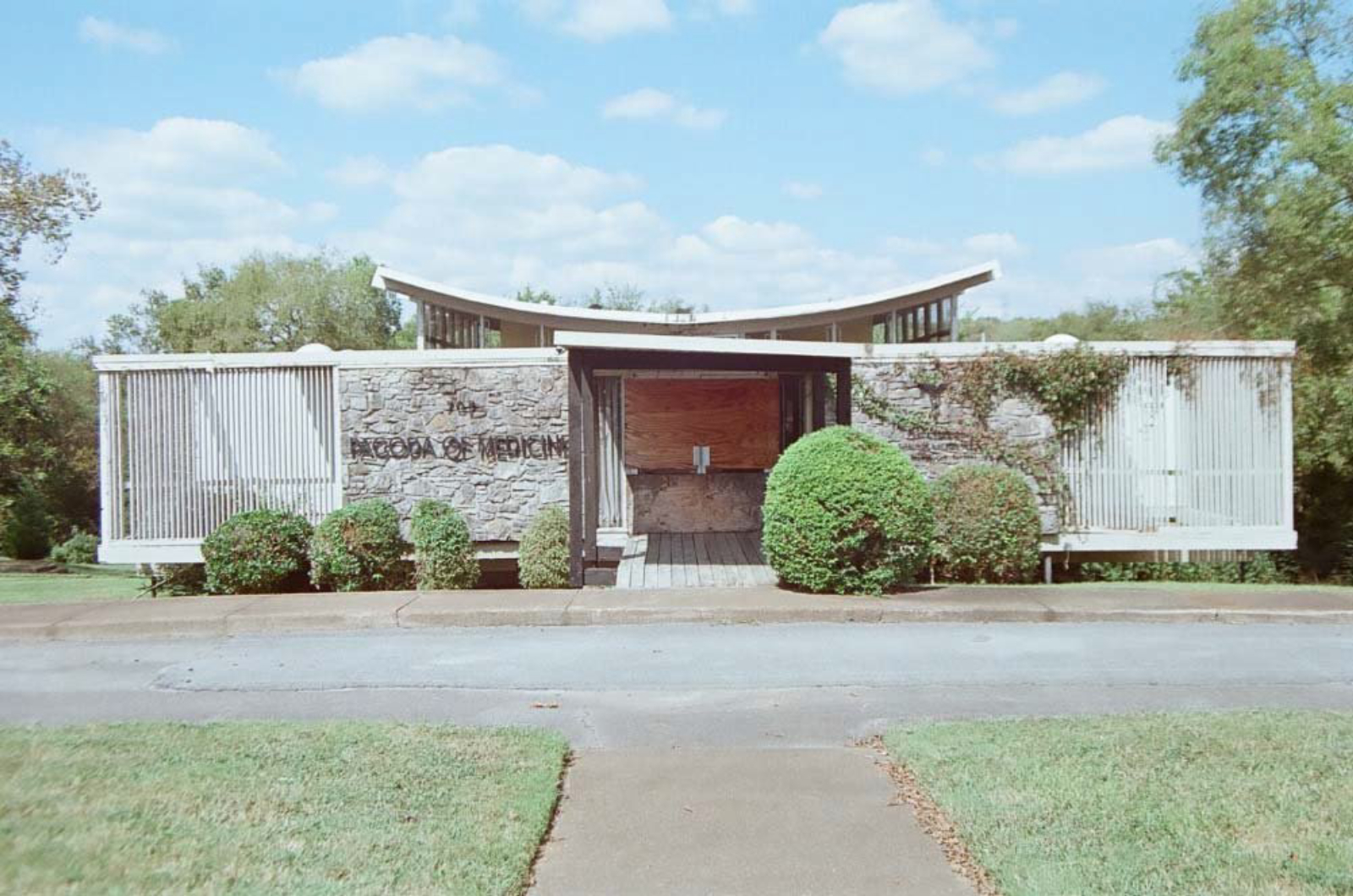Location
707 Young’s LaneNorth Nashville, Tennessee

Case Study House No. 21
Lorem ipsum dolor
Designer(s)

L. Quincy Jackson
Architect
Leon Quincy Jackson was a notable African American architect and professor who built a number of private homes and civic buildings in Oklahoma and Tennessee in the modern style. Jackson earned an architecture degree from Kansas State University and a master’s in urban planning from the University of Oklahoma, where he studied under renowned architect Bruce Goff. In 1950, Jackson became the first African American architect to open an office in Oklahoma. While relying on his Kansas license, state officials made him withdraw his listing as an architect because he was not licensed in the state even though he had obtained an architecture degree from the state university.
Nationality
African American
Other designers
L. Quincy Jackson



